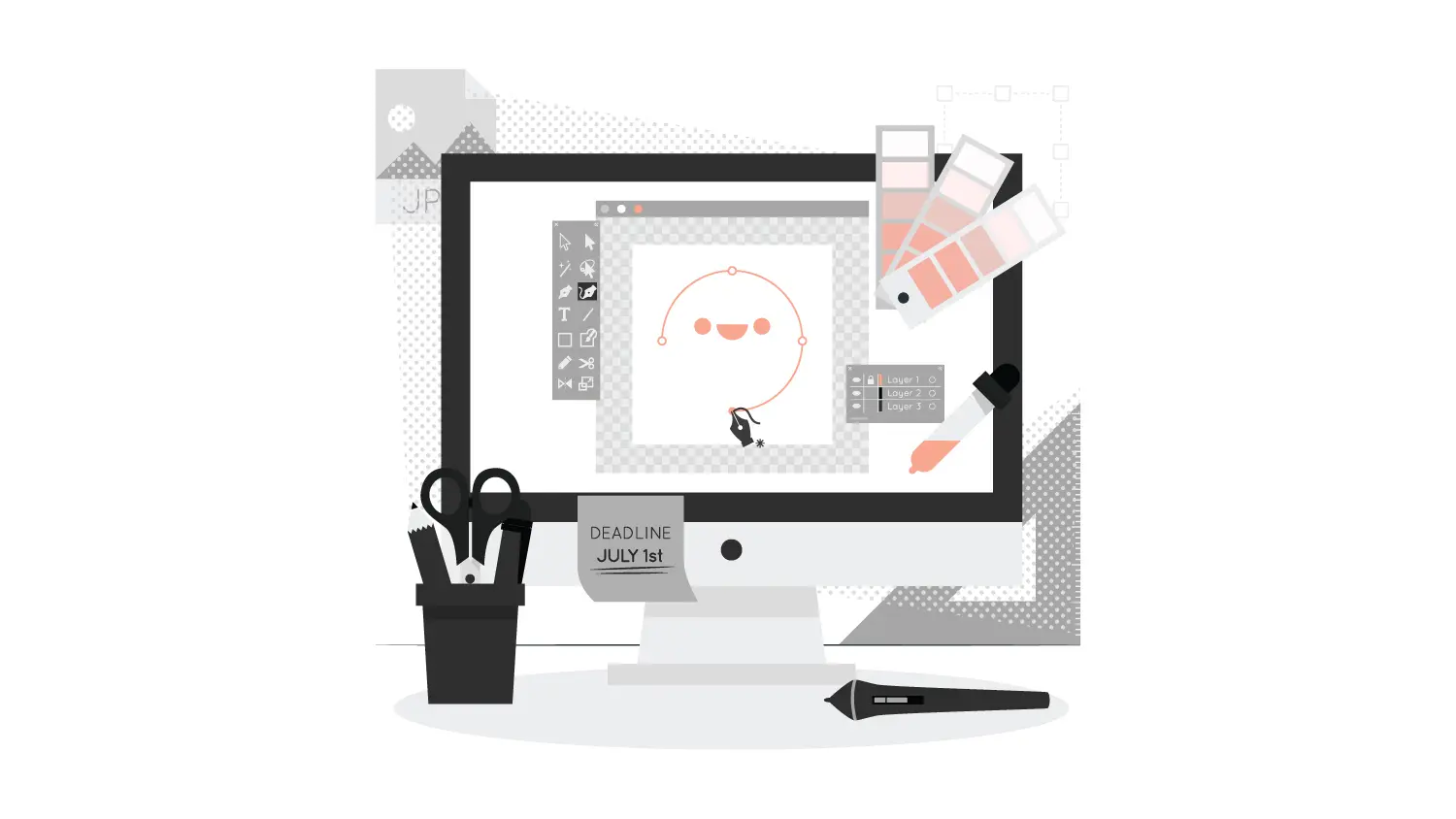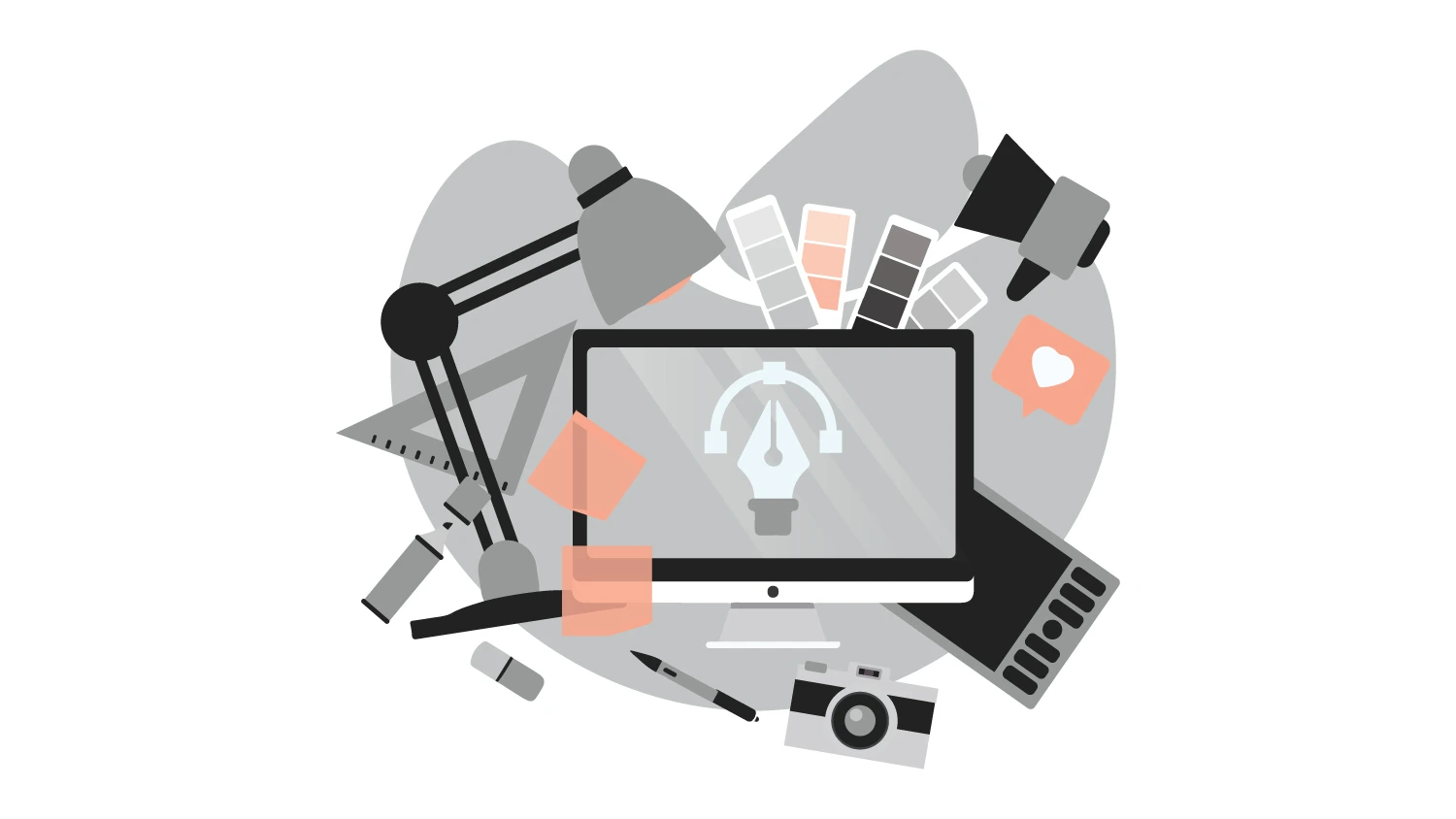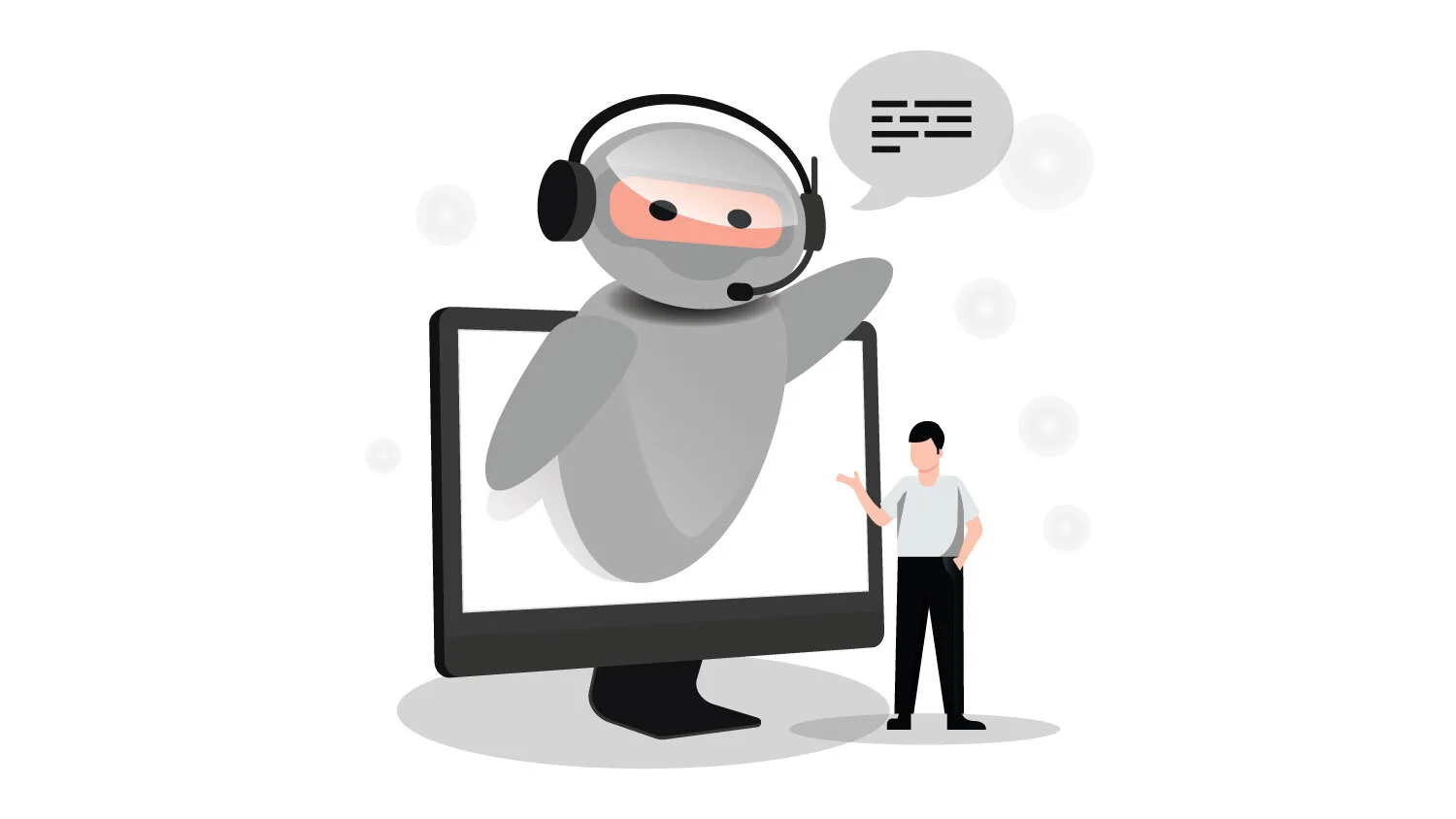Welcome to the ultimate guide to mastering graphic design process in 2025. If you have ever felt that applying design principles to real-life projects isn’t as straightforward as theory suggests then this process is for you. Not only can you understand tools and trends—this is a step-by-step framework to craft designs with purpose, clarity and creativity. Let’s dive in and discover how to design with confidence and connect with audience every single time.
Step 1: Define Purpose and Audience

Every design begins with clarity. Ask yourself these questions:
What is the purpose of this design?
Who is the audience?
For example, if you create a festival poster for young adults who love electronic dance music the goal is to excite potential attendees while reflecting the festival’s energy. Your audience is likely only to be between 18 and 30 years old. They thrive on exciting music, nightlife and social experiences. This understanding shapes every choice—from visuals to typography. Without it your design risks falling flat.
Step 2: Gather Intentional Inspiration
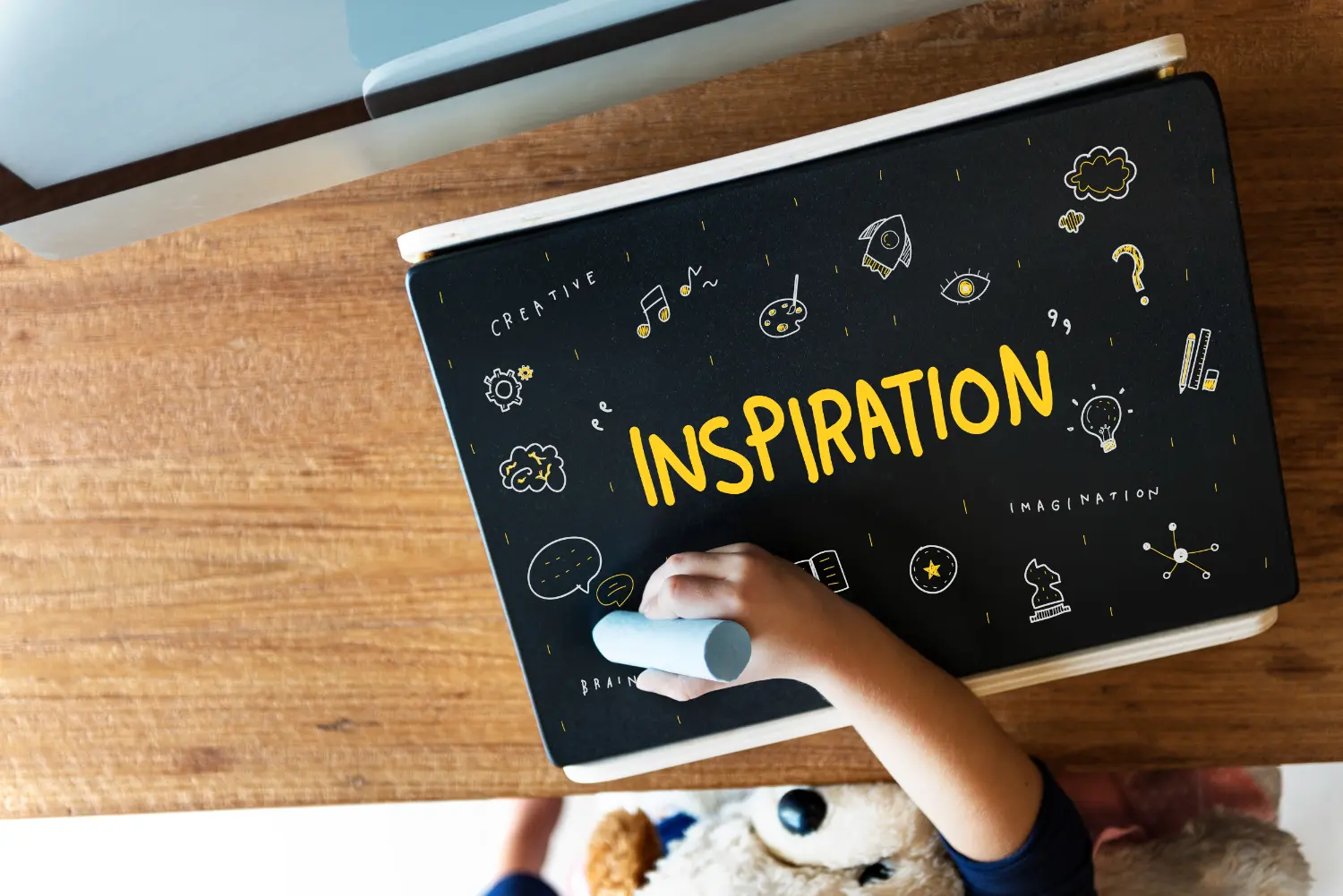
Inspiration fuels creativity. Explore relevant examples such as rave or club night posters. Notice standout features like neon gradients, futuristic typography or layered textures. Expand your horizons: consider album covers, fashion trends or modern art.
For a festival poster, your mood board might include nightclub lighting, bold abstract patterns, and edgy typography. Use tools like Pinterest, Behance or Dribbble but remember absorbing ideas and don’t copy. Let inspiration guide your unique creativity.
Step 3: Craft a Cohesive Visual Language
Visual elements like colors and typography are more than aesthetics—they are storytelling tools.
For a music festival poster:
Use bold palettes (neon greens, electric blues, vibrant purples) paired with dark backgrounds for dramatic contrast.
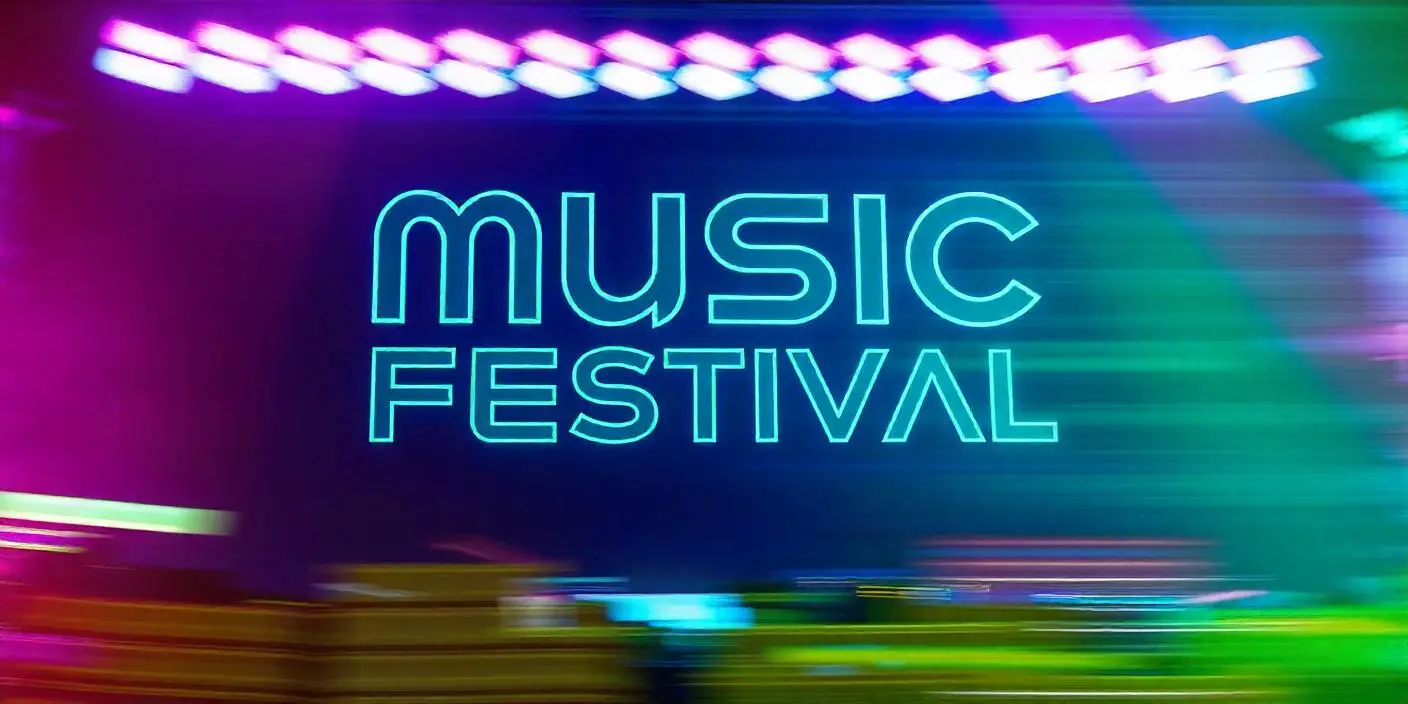
Choose a bold, futuristic sans-serif font for the event name.
Use clean, legible fonts like Roboto or Open Sans for details.
Test readability across formats to ensure your message is clear.
Step 4: Design with Intent and Psychology
Emotional impact is key. Decide how your design should make people feel—excited, curious, or urgent—and structure it accordingly.

For excitement:
- Use bold visuals and dynamic layouts.
- Organize key details of information like dates and locations clearly.
- Divide your layout into three sections:
Top: Bold headlines and striking visuals.
Middle: Essential information like schedules or lineups.
Bottom: Actionable details like ticket links.
Employ grids for structure but allow creative breaks, such as overlapping elements, to convey vibrancy.
Step 5: Elevate with Storytelling
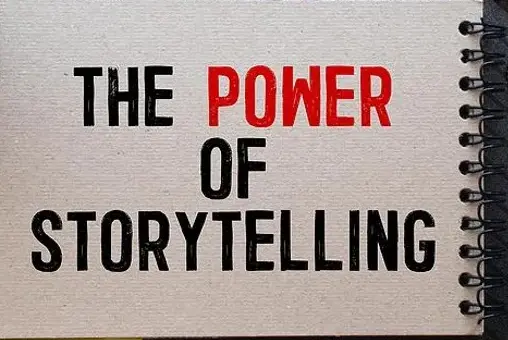
Make your design unforgettable by weaving in subtle storytelling elements.
For example:
- Incorporate geometric patterns symbolizing unity.
- Add interactive features like QR codes leading to animated versions of the poster with glowing typography and pulsating colors.
Test the emotional response by asking your target audience: “Does this excite you? Would it make you want to attend?” Refine until you achieve a resounding “yes.”
Conclusion: Design Your Future Today
This five-step graphic design process is more than a guide; it’s a philosophy for designing with intent, creativity, and impact. In 2025 and beyond, graphic design is about crafting experiences that resonate deeply with audiences. Give this process a bookmark and make it your go-to framework for all possible projects.
Ready to level up? Let Pixtar Design Agency help you bring your vision to life. From concept to execution, we specialize in creating designs that captivate and connect. Let’s craft your brand’s future together. Visit Pixtar Today and Take a Tour.
Happy New Year 2025! Let’s make this year one of innovative designs and impactful storytelling.

